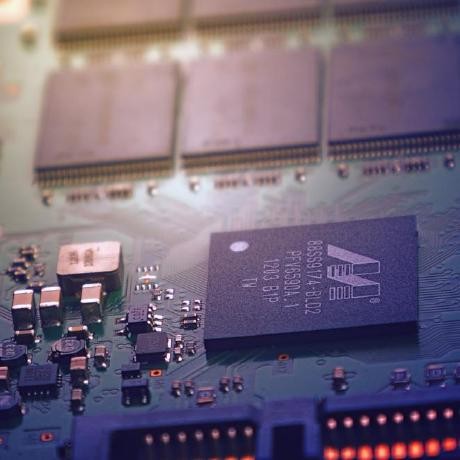Today at CES, Microsoft announced some of the most serious threats to modern computing in the past two decades, with all future CPUs from Ryzen (6000 series), Intel, and Qualcomm to feature ‘Microsoft Pluton’.
-
It is a CPU inside your CPU, that is upgradable by Windows Update (yes, you read that right), and operated by Microsoft.
-
It allows Microsoft and their software partners to ‘remotely attest’ that you are running ‘genuine’ and ‘trusted’ software. The idea is that code running on Microsoft’s cloud will be able to remotely take a complete snapshot of your system, and run any validation checks necessary on YOUR hardware and your data. Because it is a ‘CPU inside a CPU’, you will have no ability to monitor, block, or stop this intrusion.
-
It is developed based on Xbox DRM, which prevents end-users from running their own unsigned software.
-
It is able to access everything you do on your computer, including local files and local programs. This access is remote, and it is monitored through Windows Update.
A place to discuss privacy and freedom in the digital world.
Privacy has become a very important issue in modern society, with companies and governments constantly abusing their power, more and more people are waking up to the importance of digital privacy.
In this community everyone is welcome to post links and discuss topics related to privacy.
Some Rules
- Posting a link to a website containing tracking isn’t great, if contents of the website are behind a paywall maybe copy them into the post
- Don’t promote proprietary software
- Try to keep things on topic
- If you have a question, please try searching for previous discussions, maybe it has already been answered
- Reposts are fine, but should have at least a couple of weeks in between so that the post can reach a new audience
- Be nice :)
Related communities
Chat rooms
-
[Matrix/Element]Dead
much thanks to @gary_host_laptop for the logo design :)
- 0 users online
- 14 users / day
- 18 users / week
- 24 users / month
- 15 users / 6 months
- 20 subscribers
- 619 Posts
- 1.56K Comments
- Modlog






Are they “losing ground with collecting data”? I thought that you cannot disable “telemetry” even on Datacentre edition completely. Sure this will help to make it more stealthy/enforced than it is now.
Windows is doing progressively poorly nowadays while Linux, China’s homebrew operating systems, and even Mac OS have all been steadily growing.
Granted, Windows is still the majority player for now, but they’re bleeding market share with no end in sight.
Are you saying China developed their own operating systems not based on Linux? That sounds really interesting, can you tell more?
Afaik HarmonyOS is mostly the name for some userland tools. It can run on different kernels but uses Linux for more advanced chips.
There’s an in-house microkernel variant, like Google’s Fuschia